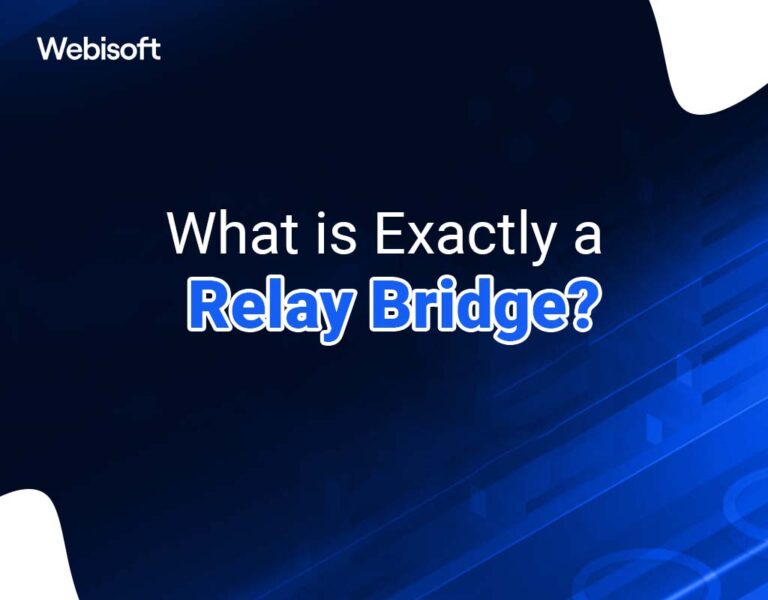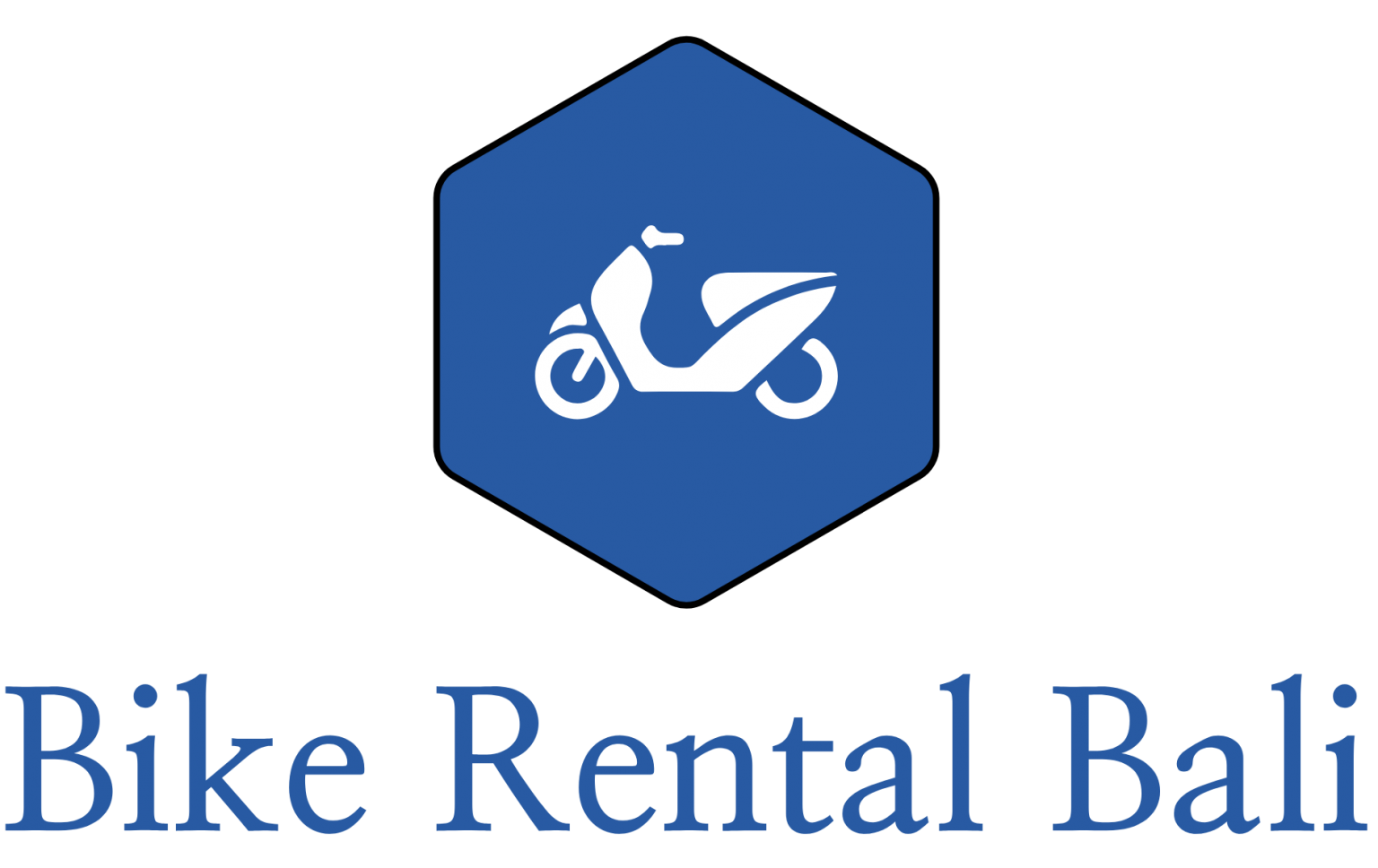Why Relay Bridge Might Be the Cheapest Way to Cross-Chain DeFi
Okay, so check this out—I’ve been diving deep into cross-chain bridges lately, and wow, there’s a ton to unpack. You’d think moving assets between blockchains would be straightforward by now, right? Nope. It’s messy, costly, and honestly pretty frustrating. My instinct said, “There has to be a better way,” especially for folks trying to save on fees while juggling multiple DeFi platforms.
Seriously, the cost of bridging can kill your gains faster than you can say “impermanent loss.” Sometimes, the fees are so darn high it’s almost like paying a toll on every step of your journey. And that’s before you even start swapping tokens or farming. (Oh, and by the way, this isn’t just about Ethereum gas fees—some chains have their own sneaky charges.)
Initially I thought all bridges were created equal, but after some hands-on testing, I realized that’s far from reality. Some protocols are optimized for speed, others for security, but very very few nail the sweet spot of affordability without compromising user experience.
Here’s the thing. When you talk about multi-chain DeFi, you’re really talking about navigating a jungle of different ecosystems, each with its quirks. You want to move assets seamlessly, without bleeding value on fees or waiting forever for confirmations. But how do you pick the cheapest bridge without risking your funds or wasting time?
Well, that’s where Relay Bridge comes in. It’s been my go-to lately, and honestly, it surprised me. Not only is it among the most cost-effective solutions, but its user-friendly interface and cross-chain compatibility make it stand out in a crowded market.

What Makes Relay Bridge Stand Out in the Multi-Chain DeFi Space?
First off, I’m biased—I’ve spent way too many late nights hopping between chains, watching fees pile up and transactions stall. So when I found something that felt slick and reliable, I was skeptical. But the more I poked around the relay bridge official site, the more legit it seemed.
Relay Bridge uses a clever mechanism that reduces gas overhead by batching transactions and leveraging efficient cross-chain messaging. That means fewer on-chain interactions, which translates directly into lower fees. It’s like carpooling your assets across chains instead of sending each one solo.
Hmm, I can almost hear you asking: “But is it safe?” On one hand, bridges have historically been targets for hacks and exploits. Though actually, Relay Bridge employs robust security measures, including decentralized validators and cryptographic proofs, to mitigate these risks. Not perfect, but definitely a step up from some sketchy options I’ve seen.
And here’s a kicker—Relay Bridge isn’t just about cost savings. It supports a wide range of blockchains, so you can dive into multi-chain DeFi without juggling a dozen wallets or frantic tab switches. That kind of convenience is very very important when you’re chasing yields across ecosystems.
By the way, if you’re curious, you can check out the relay bridge official site for some technical deep dives and user guides. There’s a lot more nuance than I can get into here, but it’s a solid place to start.
Why Cheapest Doesn’t Always Mean Best (But Relay Bridge Comes Close)
Okay, so here’s what bugs me about cheap bridges in general—sometimes the low fees come at the cost of speed or liquidity. You might save on gas but then wait hours for your tokens to show up. I’m not 100% sure that’s acceptable for everyone.
Relay Bridge strikes a balance though. It manages to keep fees low without sacrificing much on speed. That’s partly because of its underlying architecture that cleverly offloads some of the work from the main chains.
Still, no bridge is perfect. Network congestion, token compatibility, and occasional hiccups are par for the course. But when I compared Relay Bridge with others during a recent multi-chain yield farming session, my wallet came out noticeably less drained.
On a tangent—have you ever tried bridging assets just to realize you picked a chain with scarce liquidity? It’s the worst. You end up paying a premium to swap or worse, stuck with tokens you can’t use effectively. Relay Bridge’s broad support helps avoid that trap.
So yeah, while it’s not a silver bullet, it’s probably the cheapest bridge you should consider if you’re serious about multi-chain DeFi.
Personal Experience: A Multi-Chain Journey Made Easier
Let me share a quick story. A few weeks ago, I was juggling some stablecoins between Ethereum, Binance Smart Chain, and Polygon. Tried a couple of bridges before Relay Bridge and each time, fees ate up a chunk of my potential yield. Then I gave Relay Bridge a shot. Honestly, the difference was noticeable.
Transactions were faster, smoother, and the fees… well, they were way more reasonable. My instinct said, “This is legit,” and after a few rounds, I was hooked. What really impressed me was how the interface didn’t require a PhD in blockchain to figure out.
Something felt off about other bridges—they often had clunky UX or hidden costs that only popped up after you started the process. Relay Bridge felt transparent and straightforward. (Oh, and by the way, their community support is surprisingly responsive too.)
That experience got me thinking: maybe the future of DeFi isn’t just about flashy features but about making cross-chain interactions as cheap and painless as possible.
Is Relay Bridge perfect? No. But it’s one of the best tools I’ve found that balances cost, security, and usability. If you’re dabbling in multi-chain DeFi, you owe it to yourself to give it a try.
Frequently Asked Questions
What makes a bridge “cheap” in DeFi?
Generally, it comes down to how much gas you pay per transaction and how efficiently the bridge batches or reduces on-chain interactions. Lower overhead and smart design lead to cheaper fees.
Is Relay Bridge safe for transferring large amounts?
While no bridge is 100% risk-free, Relay Bridge uses decentralized validators and cryptographic proofs to enhance security. For very large transfers, always consider splitting amounts and double-checking network conditions.
Can I use Relay Bridge for any token?
Relay Bridge supports a wide range of tokens across multiple chains, but not every single token is available. It’s best to check the supported assets on the official site before starting.
How does Relay Bridge compare to other popular bridges?
It tends to be cheaper on fees and more user-friendly than many competitors, especially for multi-chain users. However, speed and liquidity can vary depending on the network conditions.


